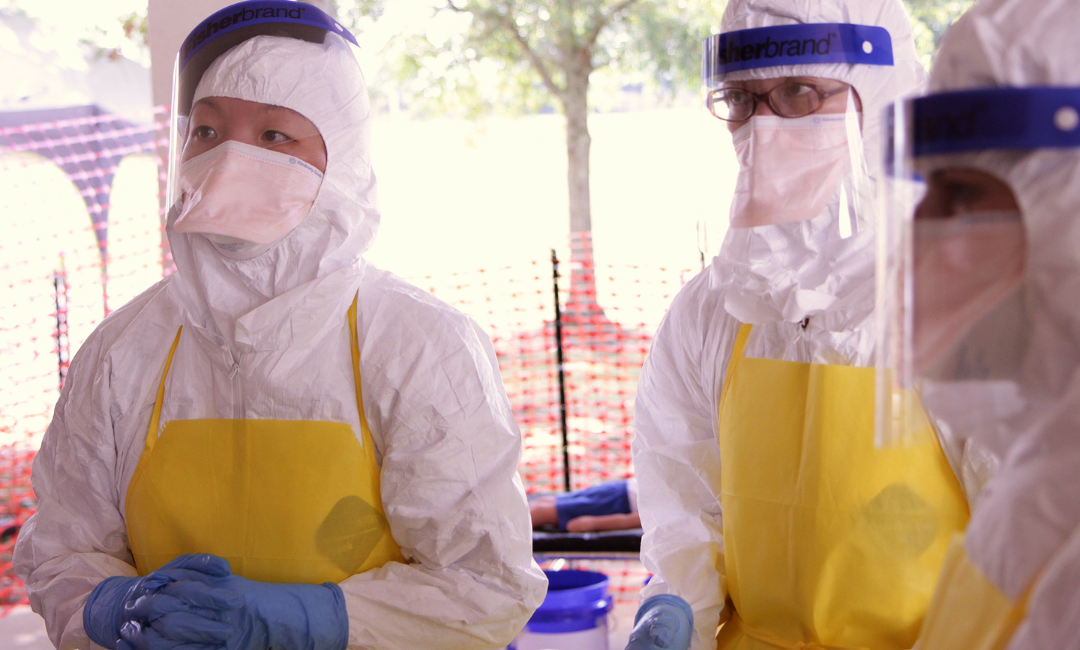The Extent of the Problem
In 2022, the No. 1 reason California nursing schools had low enrollment was because students who were accepted into programs chose not to enroll. While this isn’t necessarily a state or school problem, the second reason – inability for schools to secure clinical placements for students – is addressable.
The California Nursing Practice Act requires pre-licensure students to receive 500 hours of direct patient care clinical hours in board-approved clinical facilities. Without these hours, students can’t graduate or apply for state licensure. The problem is, California nursing schools are having a difficult time landing contracts with clinical sites – some 92 out of 152 nursing schools, according to one study.
Why are some schools denied contracts with clinical sites? For one, the facilities’ nurses are already overwhelmed. In recent years, “staff nurse overload” was cited as a primary reason for the letdown. Training nursing students can be overwhelming for many nurses who are already highly stressed by the demands of the field. Another reason cited was “insufficient qualified staff.” Hospitals that struggle with nurse retention, for example, may not be the most suitable choice for clinical placement of students.
Competition among nursing schools also plays a role. Public nursing schools have a harder time landing contracts than private schools, and 66% of all prospective students in 2022 applied to public schools.
To worsen matters, some schools pay clinical sites in exchange for clinical placements for their students – something prohibited by the California Nursing Practice Act, but poorly regulated.
This is where the CNA has made a difference.









